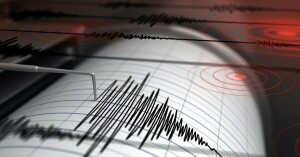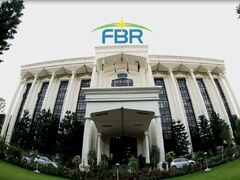Whether its operation performance or the authenticity of their data reporting, the power distribution companies’ (DISCOs) have failed to satisfy the regulator. In its annual performance report called the “Performance Evaluation Report of the Distribution Companies for the year 2017-18”, NEPRA has evaluated the DISCOs on the basis of the data provided by them under the Performance Standard Distribution Rules formulated in 2005 (PSDR 2005).

The performance of each distribution company is evaluated against a number of parameters. This space will look at some of the most common ones to evaluate how these DISCOs have fared in FY18 as well as over the last five years. So why isn’t the regulator satisfied? Not only has there been no significant improvement in the performance of the DISCOs—particularly those already performing poorly like QESCO, PESCO, SEPCO and HESCO—a large part of the data provided by the DISCOs lacks authenticity as the trends simply don’t match.
Unfortunately, focus on generation capacity and little attention to the transmission and distribution sectors has left a wide schism between what is generated and how much eventually is transmitted and distributed. Transmission and distribution(T&D) losses have been a key concern for the downstream power sector.
The illustration shows that besides no significant improvement in reducing the T&D losses by most DISCOs, the same went up significantly for PESCO in FY18 versus FY17. Moreover, except for a couple like IESCO as well as GEPCO hovering at the borderline, none of the DISCOs were able to meet the maximum allowable rate of T&D losses set by the regulator. These losses—which include both the technical losses arising from lengthy distribution lines, inadequate size of conductors and installation of distribution transformers away from load centers; as well as non-technical losses caused by the actions external to the power system—have added Rs45 billion to the circular debt in FY18 alone.

Another key parameter that can tell how the DISCOs have been performing is the recovery rate i.e. the difference between the billing and collection amounts. As per the report, the worst performers are HESCO, SEPCO and QESCO in FY18 with recovery rates at 76.7, 60.1 and 46.1 percent respectively against the ideal 100 percent. The financial impact of discrepancy under this parameter is estimated at Rs78 billion to the exchequer.
Load shedding is another important indicator of DISCOs health. Though overall load shedding has come down significantly over the years – and this can be seen in the reduced number of hours by almost every DISCO on average – the regulator has seriously questioned the accuracy of the data provided by the DISCOs as it doesn’t match at all with public perceptions and what has been reported for long. The maximum number of hours reported by any DISCO for FY18 is three, whereas it is well known that load shedding of 8 to 12 hours has been prevalent on many feeders.
It is important to highlight that there is no consistency in performance by DISCOs as per the data presented in the report. For example, DISCOs that has high T&D losses like HESCO, SEPCO, QESCO, and KE have very low fault rates versus those that have better T&D losses, which doesn’t make sense. Fault rate is defined as the number of faults per kilometer of the distribution network. Similarly, the data on the percentage of complaints with respect to total number of consumers being served by any DISCO shows that LESCO has received the highest complaints, which defies its better performance on other parameters.
So while there is a need for efforts and investment in the distribution and transmission side, data authenticity also needs to be ensured for a proper evaluation of the power T&D sector. One step in the right direction is the initiation of strict actions by NEPRA in the form of penalties against incorrect reporting by the distribution companies.


























Comments
Comments are closed.